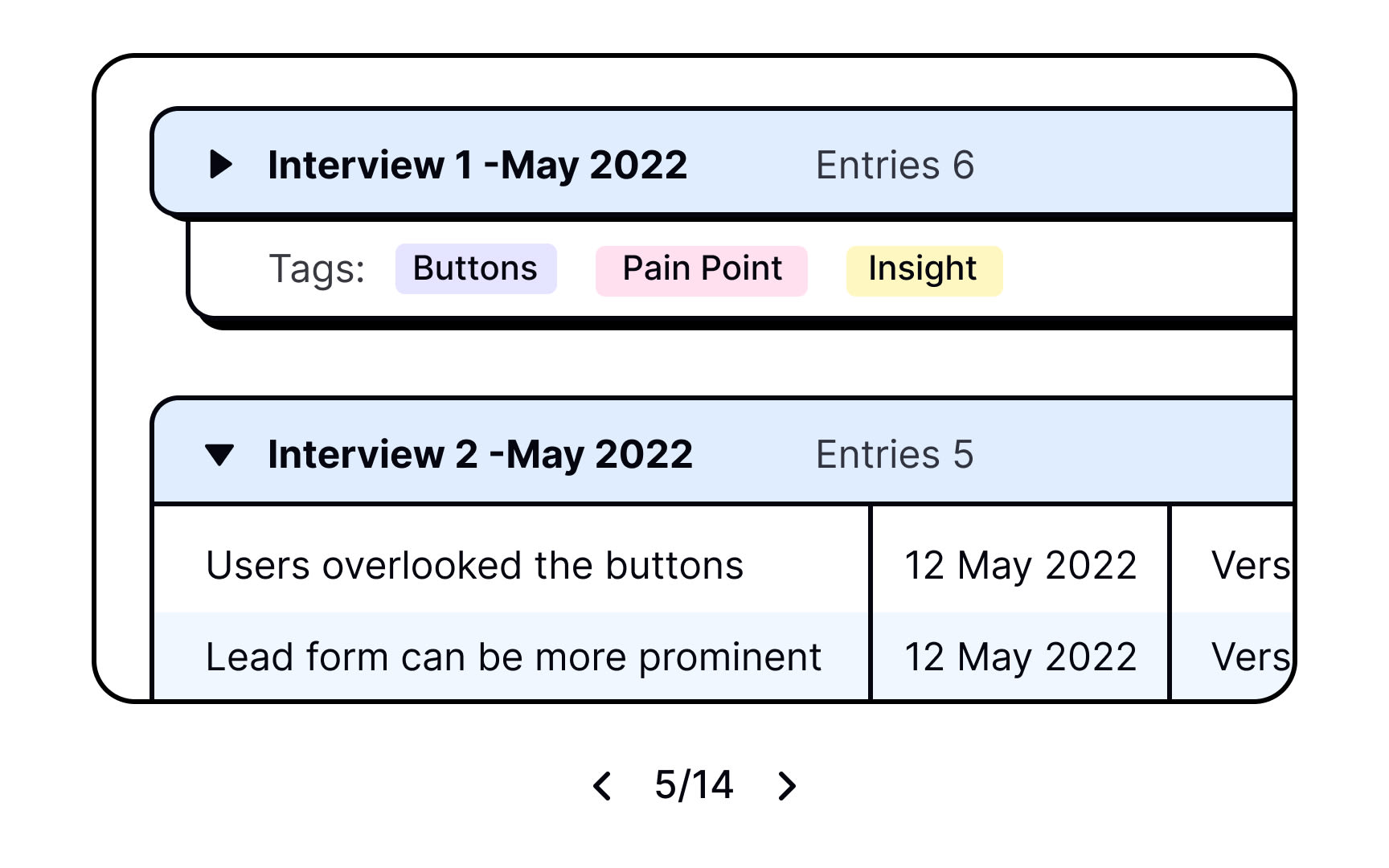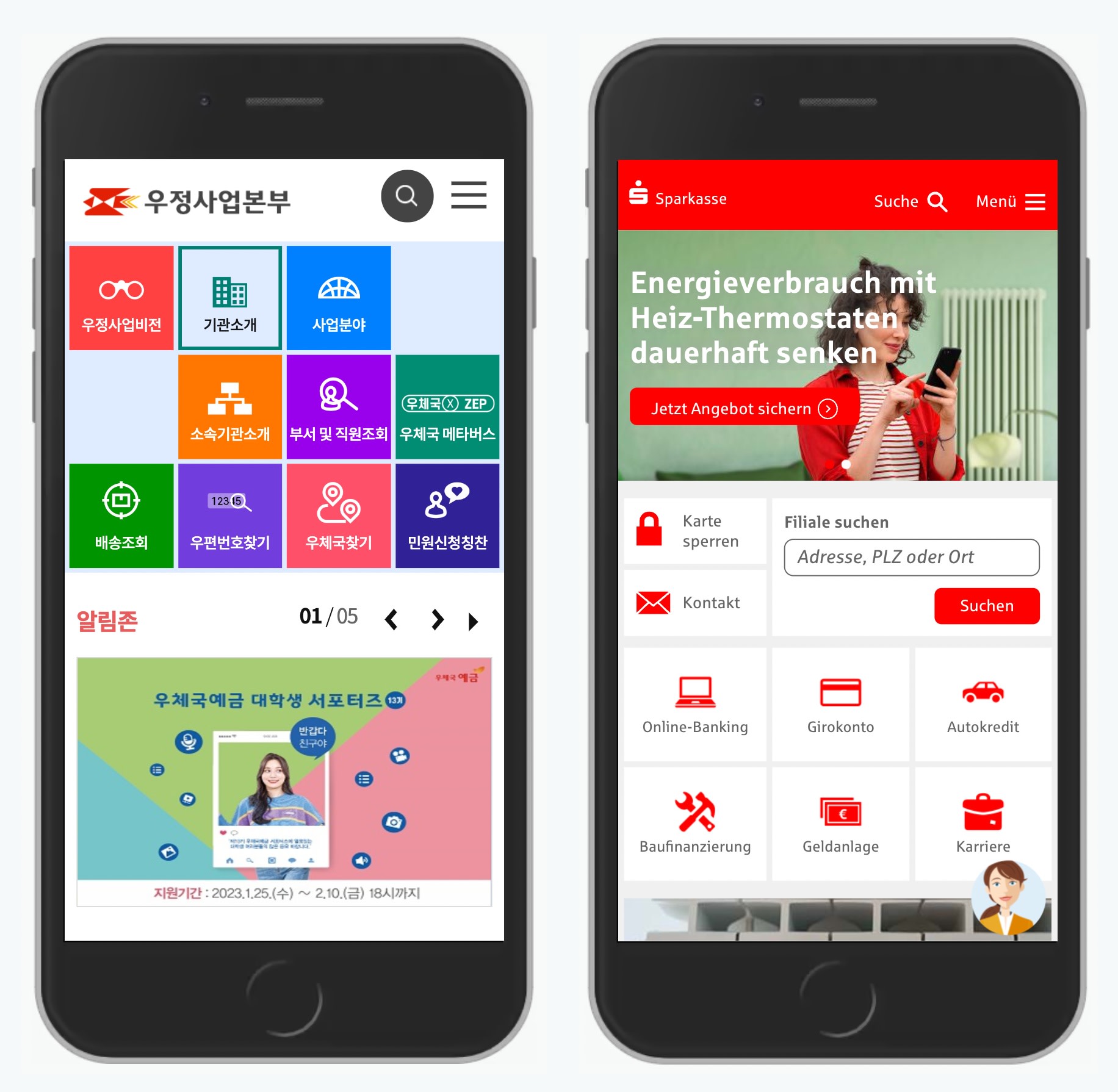Your vs. My? UX Writing Guidelines
How to choose between “My profile” vs. “Your profile” in UIs and what both pronouns communicate.
When you design an interface, which pronouns do you usually use to address your users? Do you write “My account” or “Your account”? “My drafts” or “Your drafts” — or only “Drafts”? And does it actually matter?
In this newsletter, we’ll shine some light on the different meanings that pronouns carry, so you can choose the one that best reflects the personality of your product.
Shaping Personality With Pronouns #
Pronouns might seem like a fine little detail. But the pronouns we use in our interfaces shape a user’s relationship with the product, and it does matter. In general, users perceive products either as tools or assistants. Tools suggest a higher degree of ownership; assistants suggest that the UI speaks to the user.

A good example of how the choice of pronouns creates meaning. Netflix uses “Your” for recommendations (assistant) and “My” for the watchlist that the user curates themselves (tool).
If there is no ambiguity, you might not need a pronoun at all. However, if you want to emphasize a user’s ownership of content or actions, “My” works better (“My account”). And if you want to strike a more conversational tone, speak directly to the user (“Your places”).
As John Saito wrote, using “My” in an interface implies that the product is labelling things on behalf of the user. “My” feels personal, and it feels that you can fully customize and control it. Hence, it’s more suitable for privacy settings and personalization.

Different UIs suggest different perspective on pronouns: Google Drive (“my”), YouTube (“Your”) and Dropbox (no pronoun).
When we think about “Your” in an interface, it’s like a product is walking a user through the tasks they have to perform — paying bills, scheduling an appointment, filling in a long-winded form. Typically, if tasks are mechanical and less user-owned, “Your” works well. However, you will find many products using “Your” everywhere, by default (see below).

Many products adapt “Your” by default, taking a role of an assistant. Examples: Amazon and Spotify.
While there are occasions where we can remove pronouns entirely, sometimes, we do need them for clarity — e.g., “Stories” alone doesn’t make it obvious if it’s user’s stories, curated highlights, or related stories. In such a case, “Recommended Stories” or “Top Highlights” works better.
Pronouns might not sound like a big deal, but they communicate volumes about your perspective and the personality of your product. So be deliberate in shaping and finetuning it. Because if you don’t, users will imagine your personality for you — and it might be not at all what you imagined it to be.
Different Pronouns, Different Nuances #
The first question to ask before choosing a pronoun is what voice and tone your product and its features should communicate to users. Should it communicate ownership and control (“My”)? Or should it feel like an assistant speaking to a user (“Your”)? Or should it be concise and straight-to-the point (no pronouns)?
1st Person: “My” #
- Suggests a higher degree of ownership.
- Works best for user-created content, actions, preferences.
- E.g. personal inbox, dashboard, delivery orders, purchases (“My profile”, “My preferences”, “My saved items”, etc.).
- Effect: Users perceive the UI as an extension of their identity.
2nd Person: “Your” #
- Suggests the UI is speaking to the user.
- Works best for system-initiated content for a user.
- E.g., onboarding, instructions, buttons, error messages, help text, labels (“Your recommendations”, “Your local events”, “Your activity summary”, etc.).
- Effect: Users perceive the UI as a separate entity speaking to them.
No Pronoun #
- Neutral, keywords-based labels that communicate the purpose directly.
- Works when there is no ambiguity.
- E.g. “Settings”, “Profile”, “Drafts”.
Never mix different pronouns, because it will confuse the users. They need to understand if they have control and your product is just an extension of them or if you want to guide them and help them complete their tasks.
Who Else Is In The Room? #
I've found one helpful trick to keep in mind when deciding which pronoun to choose in an article by Diana MacDonald. Diana suggests that if you are unsure whether to use “My” or “Your,” ask yourself: “Who else is in the room?”
A: There’s no one in the room except the user.
↳ Skip the pronoun altogether.
B: The product is talking to the user.
↳ Use “Your” (e..g., “Your Presets”).
C: The user is talking to the product.
↳ Use “My” (e.g., “Save My Draft”).
When choosing a pronoun, be careful to never misrepresent the system’s decisions as the user’s decisions. And remember, if there is no ambiguity, you might not need a pronoun at all.
Useful Resources #
- Write Better User Interfaces by Asking “Who Else is in the Room?”, by Diana MacDonald
- Is This My Interface Or Yours?, by John Saito
- Proper Possessive Pronouns in UX, by Vitaly Santana
- ‘I’ or ‘You’? — Exploring The Use Of Person In Content Design, by Pearl Xu
- Yours vs. Mine, by Dustin Curtis
Wrapping Up #
Every detail, as small or as obvious as it might seem, contributes to the story you tell with your product. And pronouns are one such mighty little detail that shapes a product’s personality and how users perceive it.
We hope that the tips in this newsletter will help you back up that gut feeling you had when choosing pronouns with facts so that you can make more informed decisions and resolve never-ending discussions for your interfaces.



